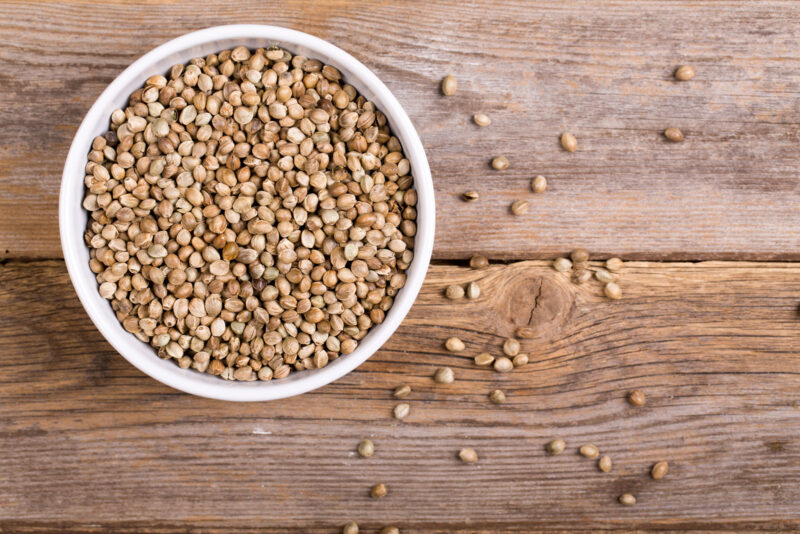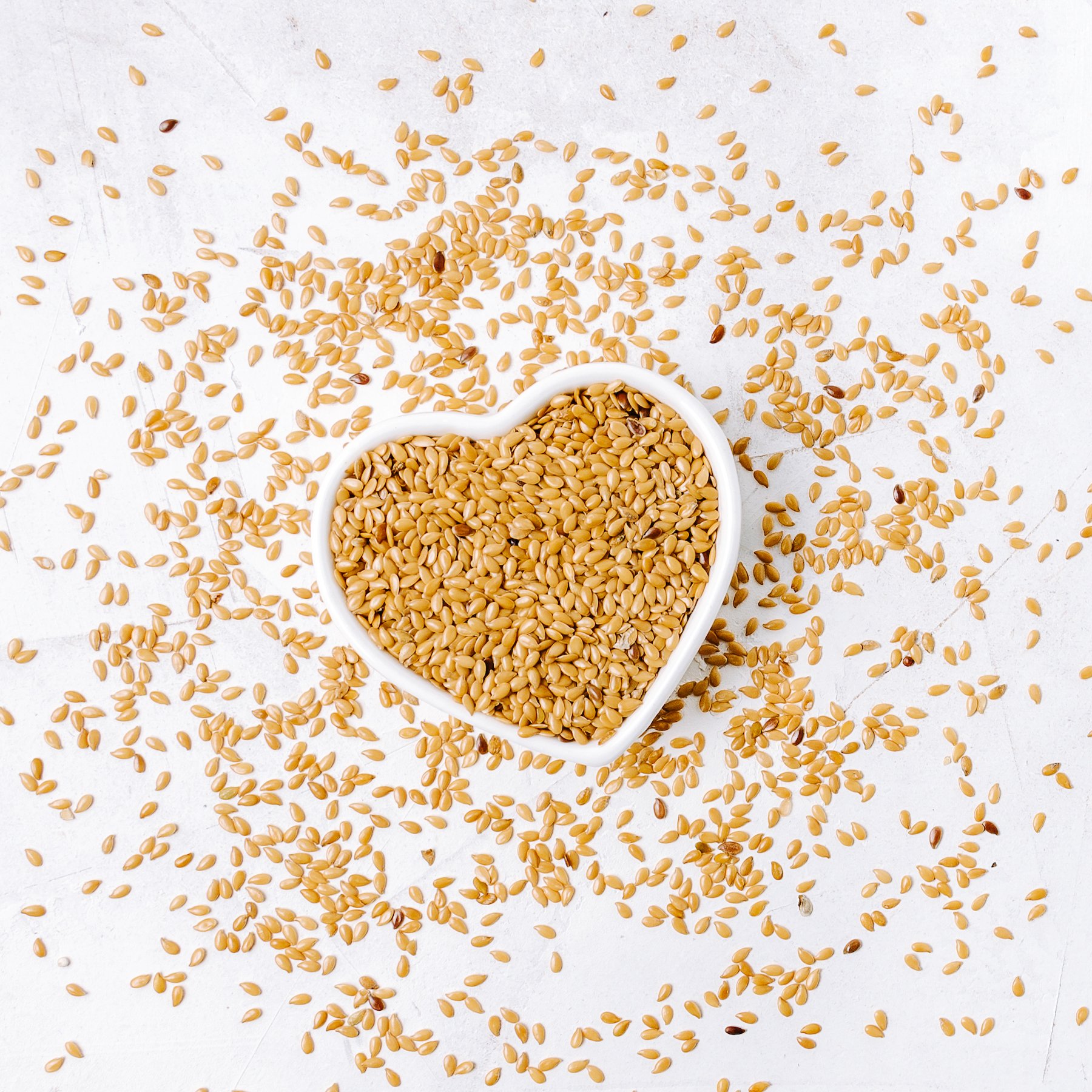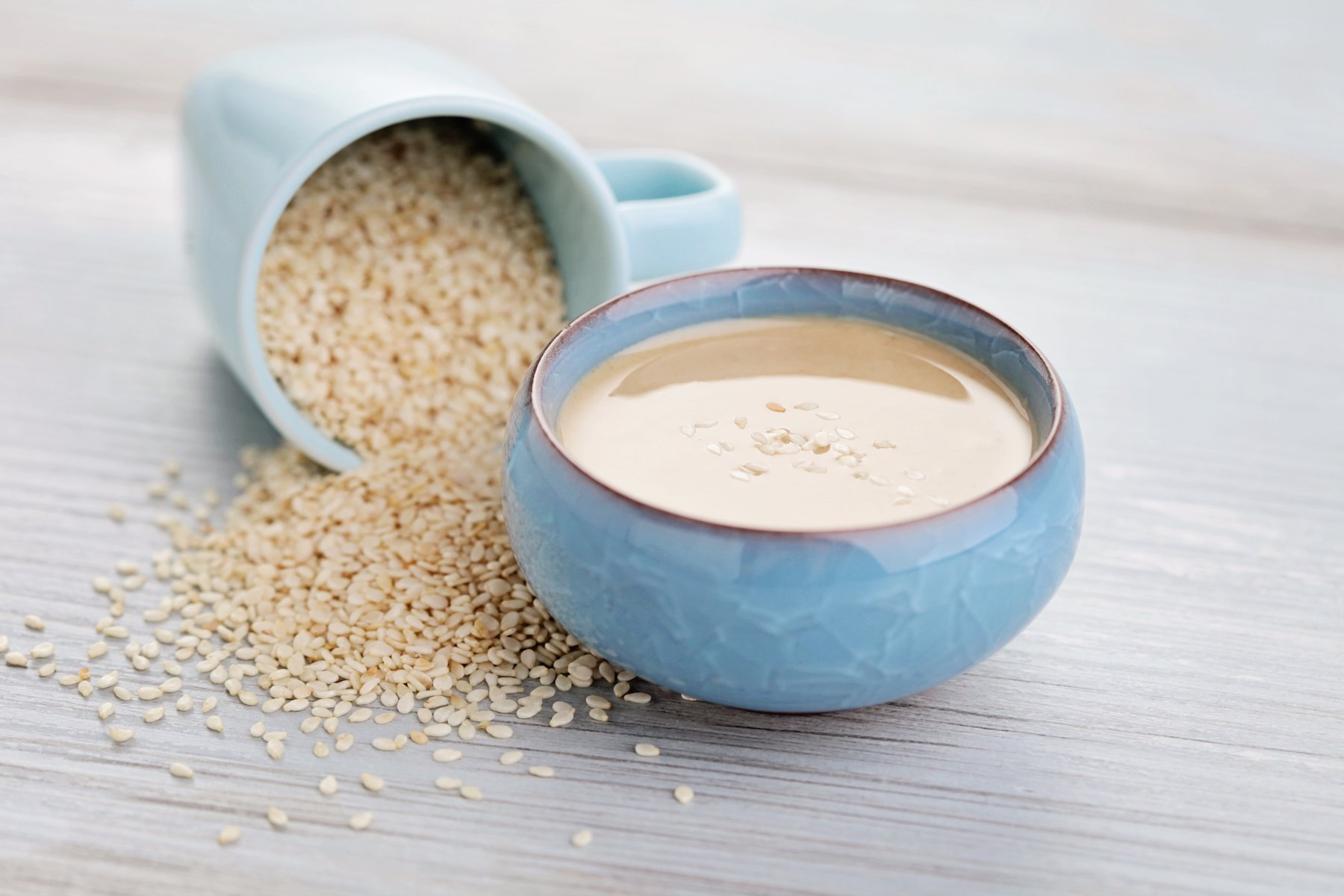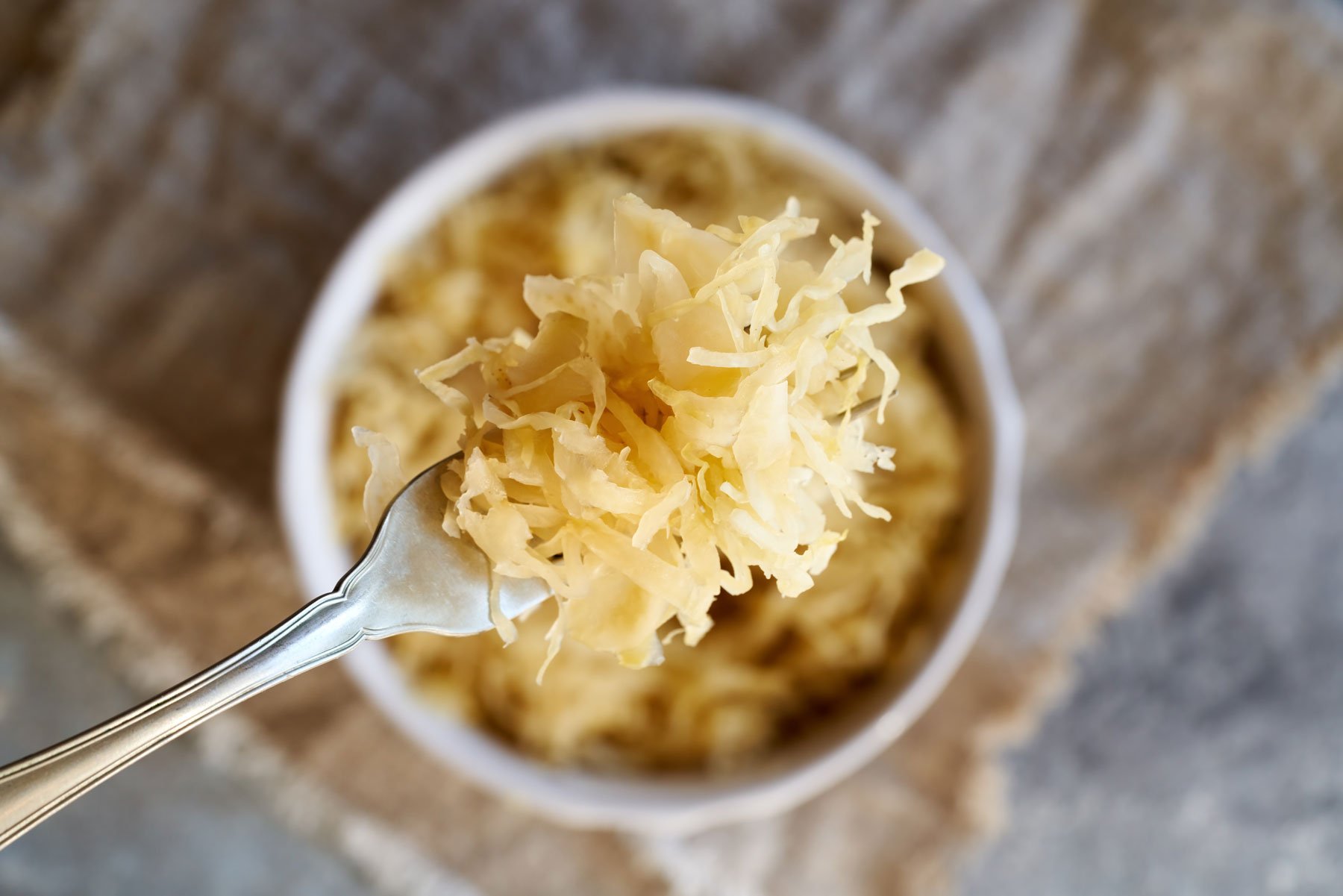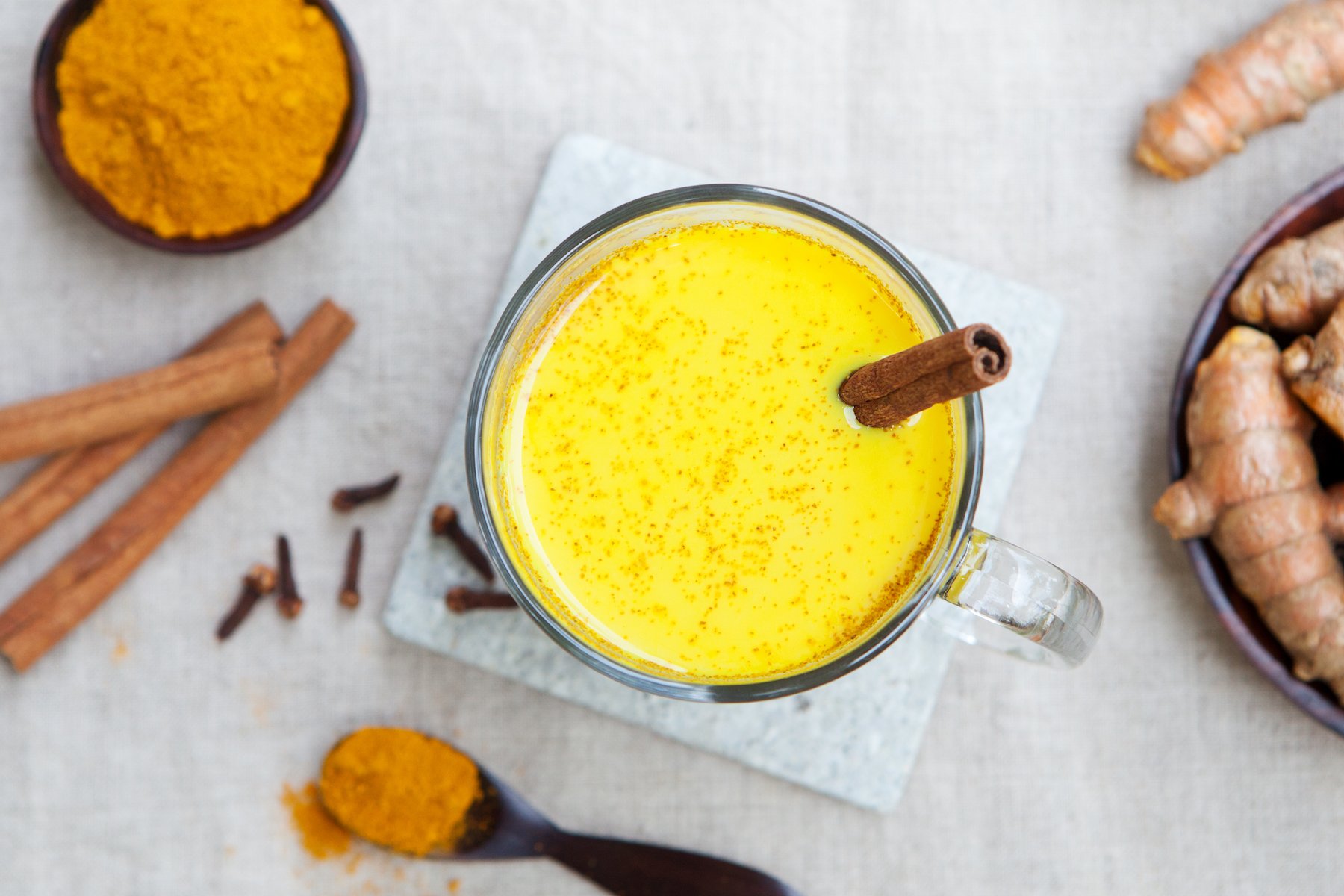The Basics
Small but mighty hemp seeds (a.k.a. hemp hearts or hulled hemp seeds) have a soft texture and a nutty, mildly earthy flavor. They’re cultivated from the Cannabis sativa plant, the same species that produces cannabis. But they come from a different variety of the cannabis plant, and although hemp seeds contain scant amounts of delta-9-tetrahydrocannabinol (THC), the seeds don’t have psychoactive properties, and you don’t have to worry about failing any drug tests. Hemp seeds do, however, have loads of health benefits, including high levels of essential fatty acids, protein, and metabolism-friendly minerals, making them a great addition to a healthy diet.
With few carbohydrates and plenty of protein and fat, hemp seeds are unlikely to spike blood sugar. Per 3-tablespoon serving (about an ounce), they contain 166 calories, 9.5 grams of protein, 14.6 grams of fat, 2.6 grams of carbs, 0.5 grams of sugar, and 1.2 grams of fiber.
Hemp seeds are also packed with micronutrients and antioxidants, delivering a nice dose of manganese (more than 100% of your recommended dietary allowance, or RDA), magnesium (50-68% RDA), zinc (27-37% RDA), iron (13-30%), vitamin B1 or thiamine (32% RDA), vitamin B6 (14% RDA) and potassium (10-15% RDA).
The versatility, nutrient density, and health benefits of hemp seeds make them an incredibly convenient and effective way to support metabolic health.
Hemp Seeds’ Metabolic Punch
Hemp seeds are known for their high levels of the essential omega-3 fatty acid alpha-linolenic acid (ALA). One 3-tablespoon serving of hemp seeds contains 3 grams of omega-3s, more than the recommended dose of 1,100 to 1,600 milligrams (mg) ALA daily. These healthy fats have been associated with reduced levels of pro-inflammatory biomarkers (e.g., C-reactive protein and IL-6), plaque buildup in the arteries, blood pressure, and total and LDL cholesterol levels, as well as improved blood vessel function.
Hemp is also a whole-food source of essential omega-6 fatty acids, with 8 grams per serving. While these fats can be damaging at high levels from industrial seed oils, our bodies need some omega-6 fats, so it’s best to consume them from whole foods. Plus, hemp’s omega-6 to omega-3 ratio is 2.5 to 1, lower than many other healthy nuts and seeds, including almonds, pumpkin seeds, and walnuts. Due in part to hemp’s healthy fat profile, some researchers believe the seeds might help curb cardiovascular disease risk.
Compared to other nuts and seeds, hemp also stands out for its relatively high protein content—nearly 10 grams per serving. That’s about twice the protein of chia and flax. The protein in hemp is complete protein too, which means it contains all nine essential amino acids needed for health that the body can’t make on its own, making them an especially good plant-based protein source.
Thanks to this dynamic duo of protein and fat, hemp seeds are an excellent tool for making carb-containing meals more blood-sugar-friendly. Both fat and protein trigger the release of the gut hormone cholecystokinin (CCK). CCK slows the rate at which food leaves the stomach, which slows the rate at which glucose enters the bloodstream, blunting any sharp rises and crashes. In fact, preliminary research on hemp protein concentrate (which is high in protein and retains some of hemp’s beneficial fats) suggests that it lowers post-meal blood glucose and insulin levels when consumed as part of a carb-rich meal.
In a small study, normal-weight and overweight adults consumed fruit smoothies containing either 20 g or 40 g of hemp protein concentrate, 20 g or 40 g soy protein concentrate, or a smoothie control with no added protein, alongside a meal of pizza. All four protein groups experienced significantly lower elevations in post-smoothie blood glucose and insulin, with the higher protein groups experiencing the most significant benefit. There was also little difference between the hemp and soy protein groups—which is compelling since soy is often considered the gold-standard plant-based protein.
Additionally, hemp seeds are a good source of micronutrients and beneficial plant compounds with metabolic benefits. For instance, they’re a good source of:
- Phytosterols, which help lower cholesterol and promote heart health
- Manganese, which plays a vital role in carbohydrate metabolism and combating oxidative stress
- Magnesium, which is associated with reduced risk of metabolic syndrome and may help lower inflammation and insulin resistance
- And anti-inflammatory zinc, which is essential for the proper creation and use of insulin in the body
Just remember: While some sources claim all hemp seeds are high in fiber, this isn’t wholly accurate. Today most hemp seeds are sold without the hull—where much of the fiber resides. (That’s why you’ll typically see them labeled hemp hearts or hulled hemp seeds.) But this isn’t a bad thing. Research shows that removing the hard-to-digest hull improves the absorption of other nutrients, like protein.
Whole hemp seeds, on the other hand, have a lot of fiber (9 g per 1.1oz serving), which can help stabilize blood sugar and support gut health, but they also have a tough, crunchy texture that not everyone enjoys.
Buying Advice
The most popular form of hemp seeds is raw, shelled hemp seeds or hemp hearts. These soft inner kernels are widely available in grocery stores and online at retailers like Thrive Market. They can lend a subtle, nutty flavor and a bit of texture to recipes. Though much less common, you can also find whole raw or whole roasted hemp seeds with the hull intact.
Opt for hemp seeds in opaque packaging with a securely resealable top to minimize exposure to light and oxygen. The fatty acids in hemp seeds are susceptible to oxidation and spoilage when exposed to light, air, or high heat. Experts generally advise limiting the consumption of oxidized or rancid fats, as they may promote oxidative stress and inflammation. For the same reason, avoid buying hemp seeds from clear grocery store bulk bins.
As for other hemp-derived food products, you can try omega-rich raw, cold-pressed hemp oil (which is best as a finishing oil) and hemp protein powder (Manitoba Harvest offers a variety of hemp products with different ratios of protein and fiber, depending on your goals).
Tips for Storing & Using Hemp Seeds
Below are the basics of storing hemp seeds and adding them to your daily diet.
- Due to their delicate omega fats, you should store hemp seeds in airtight, opaque packaging in a cool, dark place (preferably the refrigerator or freezer) to delay spoilage. Refrigerate hemp seed oil and hemp protein powder as well.
- Once opened, a bag of hemp seeds can last about one year in the fridge (and even longer in the freezer) or 3-4 months in the pantry. If the seeds smell unpleasant, they’ve likely gone rancid. Toss them.
- Mostly, use hemp seeds like chia seeds or flax seeds: Sprinkle on salads, stir-fries, grain bowls, and yogurt. However, unlike chia and flax, hemp seeds don’t become gelatinous in liquid, so they’re not suitable for a pudding like chia seed pudding.
- Thanks to their softer texture, hemp hearts easily blend into creamy sauces, soups, dressings, pestos, smoothies, and DIY hemp milk.
- Whole hemp seeds are best when you want some extra texture. Boost their crunch factor and nuttiness further by gently dry-toasting them in a skillet over low to medium heat for two minutes. Just keep in mind this may degrade some of their beneficial fats.
- A serving of hemp hearts is 3 tablespoons, which provides a good dose of nutrition. Add one to two servings to your daily diet, incorporated into meals and snacks.
Ideas for Eating Hemp Seeds
Here are some unique, delicious ways to experiment with this nutrient-dense superfood and bump up the healthy fat and protein content of all sorts of dishes:
- Homemade hemp milk: Make your own hemp milk with just two ingredients. Simply blend ½ cup hulled hemp seeds with 4 cups water until smooth, and add a teaspoon of vanilla extract for flavor, if desired (pro tip: use less water for a creamier consistency). Store in an airtight jar for up to five days in the fridge. Like hemp hearts, hemp milk has a pleasantly earthy, nutty flavor that’s a bit more pronounced than other alt-milks like almond, cashew, or oat.
- Strawberry or chocolate hemp milk: Blend your DIY hemp milk with some fresh or frozen strawberries or with cocoa powder and a touch of natural sweetener for a healthy spin on strawberry or chocolate milk. Add an additional tablespoon or two of hemp seeds for extra creaminess and protein.
- Hemp seed “parmesan” cheese: Mix hemp seeds, nutritional yeast, garlic powder, onion powder, and sea salt in a bowl, then sprinkle over your zoodles and marinara, roasted veggies, or salads for dairy-free parm.
- Creamy dairy-free dressing: This oil-free dressing, which tastes like a Caesar-Ranch hybrid, gets its creamy texture and healthy fats from hemp seeds. Blend water, lemon juice, nutritional yeast, garlic clove, hemp seeds, and sea salt until smooth, then use for salads, slaws, veggie bowls, and crudité.
- Nut-free hemp pesto: Swap hemp seeds for pine nuts in any pesto recipe. This one calls for hemp seeds, fresh basil, olive oil, garlic, nutritional yeast, salt, and pepper, but you can easily use another green, like kale or arugula.
- Hemp-crusted chicken tenders: These chicken tenders are delightfully crunchy and low-carb. Slice chicken breasts into thin strips, dip into whisked eggs, then coat with a mixture of hemp seeds, ground almonds or almond meal, herbs, and spices. Bake on a parchment-lined sheet pan at 400 F for 15-20 minutes.
- Hemp seed butter: Add 1 1/2 cups hemp seeds and a pinch of salt to a food processor. Blend in 1-2 minute intervals, scraping down the sides with a silicone spatula, until smooth. Or make nut-and-seed butter featuring hemp along with any mix of almonds, cashews, chia, and flax for added texture, flavor, and nutrition.
- Hemp seed “oatmeal”: Slow-simmer hemp seeds, chia seeds, and flaxseed meal in almond milk with a touch of honey and salt for the ultimate protein-, fiber-, and omega-3-rich breakfast porridge that won’t spike your blood sugar.
- Hemp heart tabbouleh: Traditional tabbouleh is made with bulgur wheat. For a gluten-free, low-carb alternative, try this hemp heart tabbouleh recipe. It has all the fresh, vibrant, herbaceous goodness minus the grains.
- Make protein-rich baked goods: According to plant-based dietitian Desiree Nielsen, RD, you can replace up to a half cup of flour in a recipe with whole hemp seeds for extra protein. Try incorporating them into whole grain or almond flour-based muffins where their nuttiness will complement the flavor profile.
